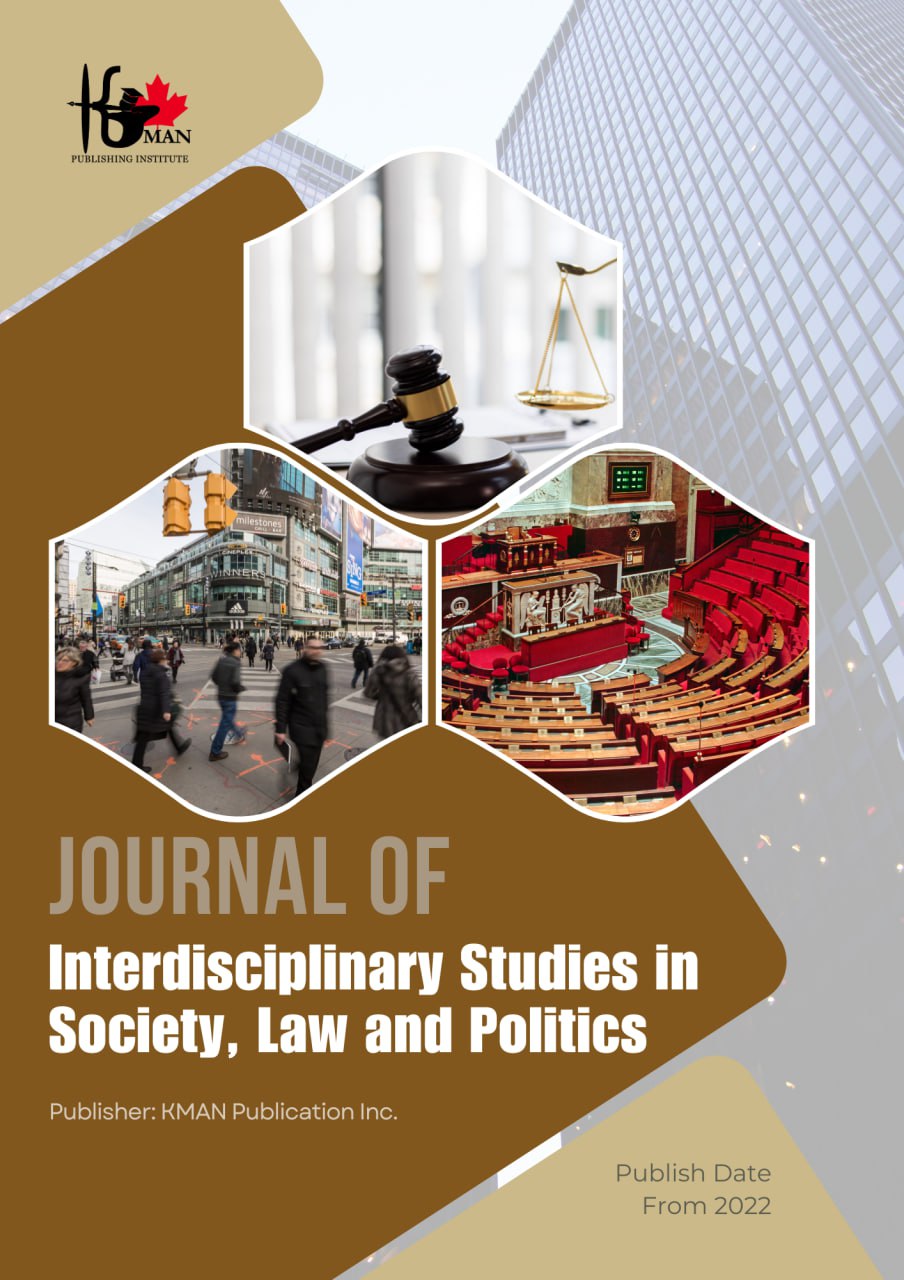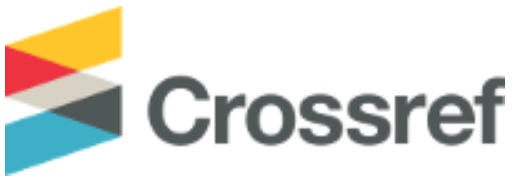Examining the Authority of the Ruler in Public Endowment under the Iranian Legal System
Keywords:
authority, ruler, endowment, public endowment, law, IranAbstract
Public endowment (waqf ʿāmm)—as one of the significant juridical and jurisprudential institutions within the Iranian legal system—plays a pivotal role in promoting public welfare and achieving social justice. The distinguishing feature of public endowment is the absence of a specific custodian (mutawalli) and its dependence on public interests, which necessitates governmental supervision and intervention. In Imami jurisprudence, the religious ruler (ḥākim al-sharʿ)—as the guardian of the Muslim community (wali al-amr al-muslimin)—possesses general authority over the administration and protection of public endowments, including the appointment and dismissal of custodians, supervision over the execution of the donor’s intent, prevention of deviation, and adjudication of disputes concerning endowment. These jurisprudential foundations are reflected in Iran’s positive law, particularly in the Law on the Organization and Authority of the Endowments and Charity Affairs Organization enacted in 1984, which entrusts the management of public endowments without a custodian to the Supreme Jurist (vali-ye faqih) and his representatives. This study, employing a descriptive-analytical method, investigates the dimensions and scope of the ruler’s authority in public endowment and demonstrates that, within the Iranian legal system, such authority not only serves a supervisory and protective function but also acts as the primary mechanism for realizing the donor’s objectives and preventing the dissipation of endowed property. Consequently, the effectiveness of this authority is considered a fundamental condition for ensuring the continued influence of the endowment institution in the social and economic development of society.
Downloads
References
Adibimehr, M., & Rahmani, H. (2014). Analysis of the Legal Foundations of Private Waqf Custodianship (Tawliyah) with an Approach to the Civil Code and the Endowments Law. Quarterly Journal of Islamic Jurisprudence and Law(9).
Allameh, H. (2019). Tadhkirat al-Fuqahā' (The Memorial of the Jurists). Al al-Bayt Institute.
Andalīb, H., & Esfandiari, A. S. (2015). A Jurisprudential-Legal Study of the Duties and Powers of the Custodian (Mutawalli) in Public Endowments (Awqaf). Bi-quarterly Journal of Alawi Fiqh Teachings, 21-42.
Ansari, M. (2001). Kitab al-Makasib (The Book of Earnings). Majma al-Fikr al-Islami.
Ayatollahi, A. (2004). Waqf: Pas-andaz-e Javidaneh (Waqf: Eternal Savings). Mafakher.
Bandar Rigi, M. (1995). Farhang-e Jadid Arabi-Farsi (New Arabic-Persian Dictionary). Islami Publications.
Dehkhoda, A. A. (1966). Loghatnameh Dehkhoda (Dehkhoda Dictionary). Dehkhoda Dictionary Organization.
Emami, S. H. (2017). Hoghoog-e Madani: Oghoud-e Mo'ayyan 3 (Civil Law: Specified Contracts 3). Islamiya Publications.
Ja'fari Langaroudi, M. J. (2015). Terminologi-ye Hoghoogh (Legal Terminology). Ganj-e Danesh.
Kashif al-Ghita Najafi, H. (2001). Anwar al-Fiqahah: Kitab al-Waqf (The Lights of Jurisprudence: The Book of Waqf). Kashif al-Ghita Institute.
Khamenei, S. A. (2025). Estifta'at Waqf (Inquiries on Waqf). Printing and Publishing Organization.
Mohaqqeq, H. (1997). Sharā'i' al-Islām fī Masā'il al-Ḥalāl wa al-Ḥarām (The Laws of Islam in Matters of the Lawful and the Forbidden) (Vol. 2 vols). Isma'iliyan Institute.
Mousavi Khomeini, R. (1999). Tahrir al-Wasilah (Liberation of the Means) (Vol. 2). Institute for Compilation and Publication of Imam Khomeini's Works.
Rostami, S. (2021). Waqf from the Perspective of Jurisprudence and Substantive Law and Its Impact on Iran's Economy. Journal of Economic Jurisprudence Studies, 3(4), 145-165.
Shahābi, A. A. (1964). Tarikhche-ye Waqf dar Eslam (History of Waqf in Islam). University of Tehran Press.
Shahid, T. (1996). Sharh al-Lum'ah (Commentary on the Lum'ah) (Vol. 1). Isma'iliyan Printing and Publishing.
Shahid Thani, Z. M. i. A. (2007). Al-Rawdah al-Bahiyyah fi Sharh al-Lum'ah al-Dimashqiyyah (The Radiant Garden in Commentary on the Damascene Treatise). Dar al-Tafsir Publications.
Shaybani, A. (2001). Simay-e Waqf dar Khorasan (The Profile of Waqf in Khorasan). SAMT Publishing.
Tabatabaei Yazdi, S. M. K. (1993). Takmilat al-'Urwah al-Wuthqa (Supplement to the Firmest Handle) (Vol. 1). Davari Bookstore.
Tusi, M. i. H. (1990). Al-Khilaf (The Disagreement). Jami'at al-Modarresin Hawzah Ilmiyyah Qom.
Wahid Khorasani, H. (2007). Minhaj al-Salihin (The Path of the Righteous). Imam Baqir (a.s.) School.
Yazdi, S. M. K. (1996). Al-'Urwah al-Wuthqa (The Firmest Handle). Islamic Publishing Institute.
Downloads
Additional Files
Published
Submitted
Revised
Accepted
Issue
Section
License
Copyright (c) 2025 Abbas Rastegar, Mohammad Moghadamfard, Ali Pourjavaheri, Mohammad Bagher Amerinia (Author)

This work is licensed under a Creative Commons Attribution-NonCommercial 4.0 International License.






